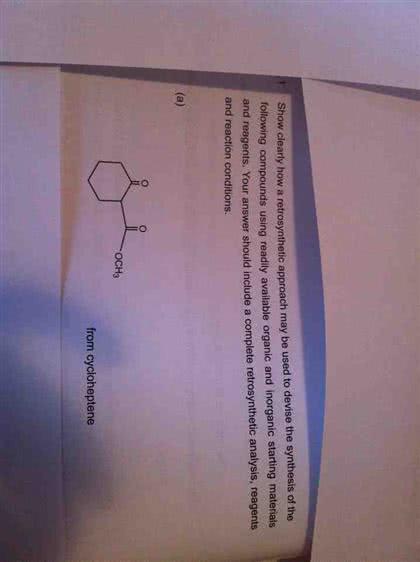CHEM 2OA3 Lecture Notes - Lecture 3: Sodium Borohydride, Sodium Hydroxide, Chch-Dt
Document Summary
Reagents: usually simple and available compounds that react with the organic starting material to convert it to product; Balance the charges: br- out implies oh- as reagent. Last, find a real reagent for oh-: in this case, use naoh, koh, etc. Balance the charges: br- out implies also lose h+; therefore need a base as reagent. Last, find a real reagent: in this case, could use naoh, koh, etc. The cation doesn"t really matter: it is a spectator ion. We"ll explore that issue of selectivity in chapters 7-9. So real reagent in this case is hbr. Note that the reagent here is acidic: acid pushes equilibrium towards halide. In the last example, base pushed the equilibrium the other way. Can be spontaneous; in other cases need a catalyst as reagent . Oxidation/reduction gain of oxygen &/or loss of h. A + [o] a-o and/or ah2 - [h2] a. Ao - [o] a and/or a + [h2] ah2.





